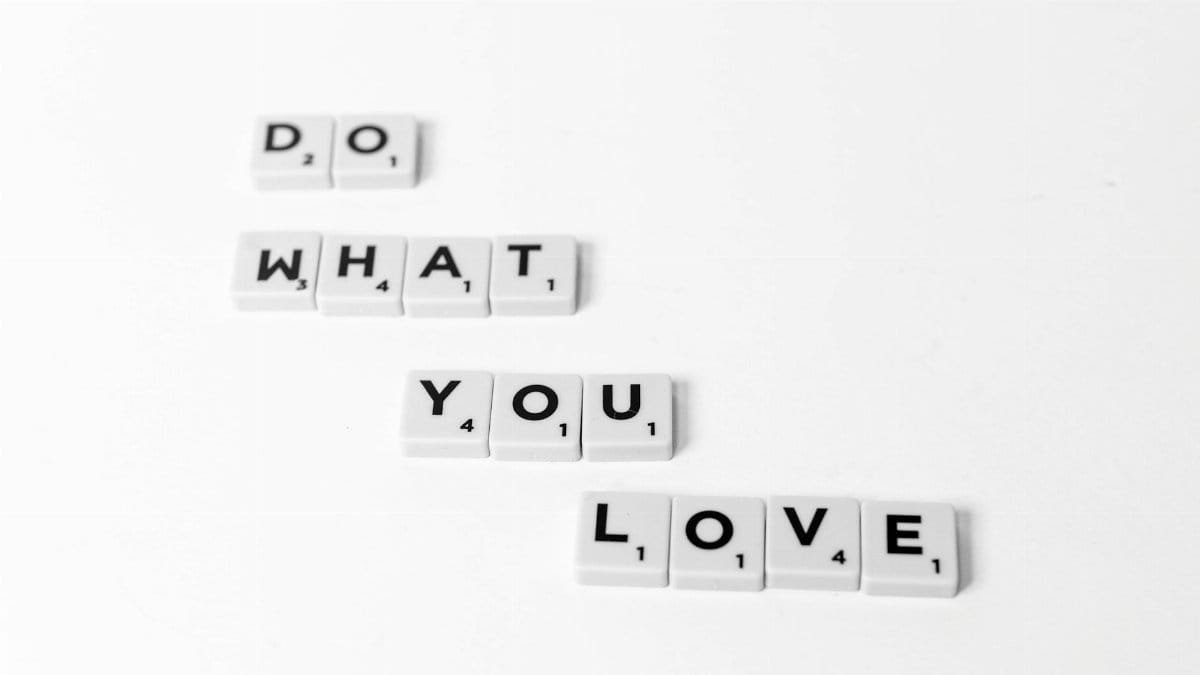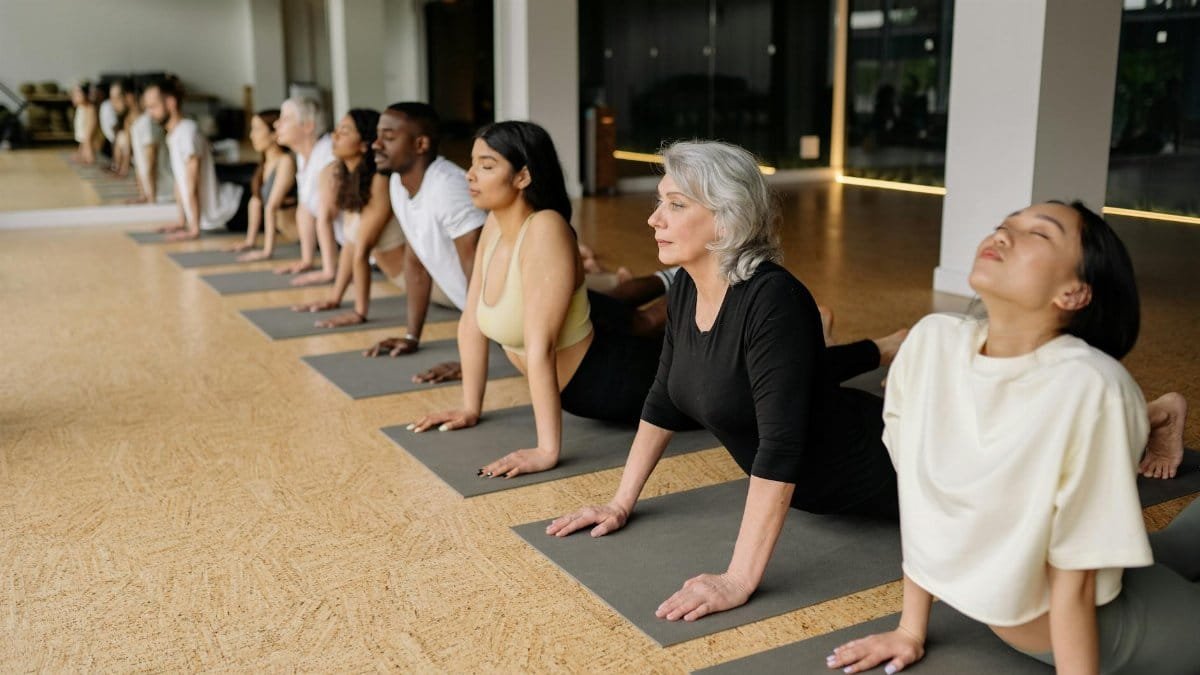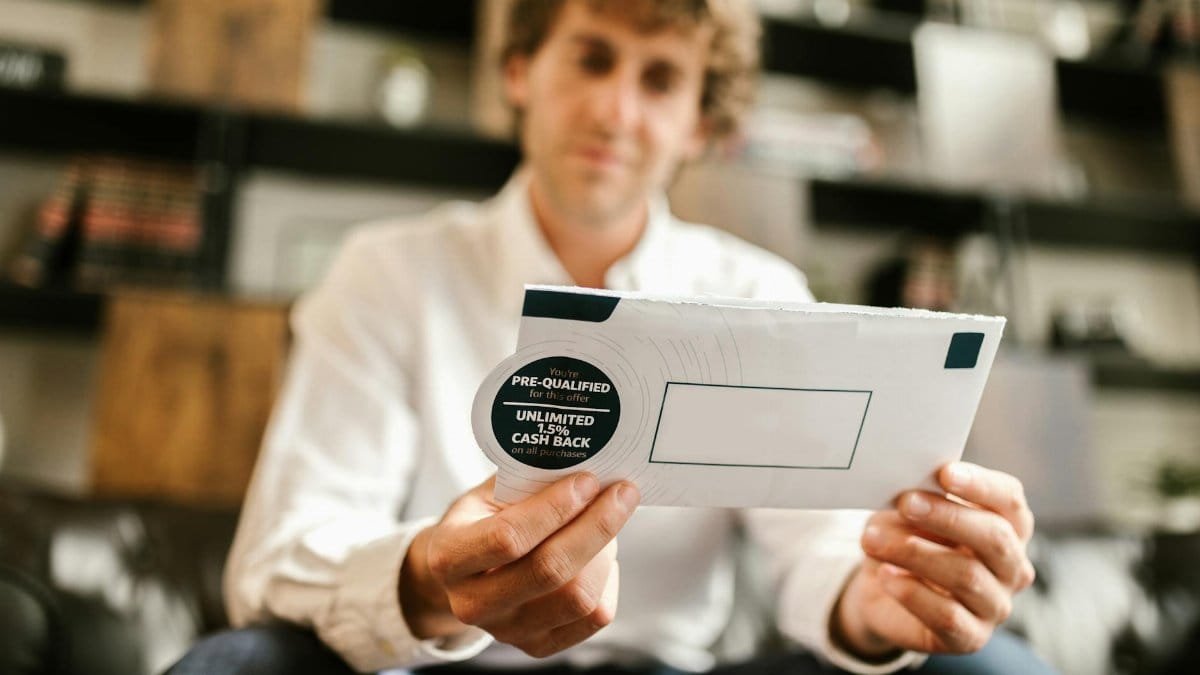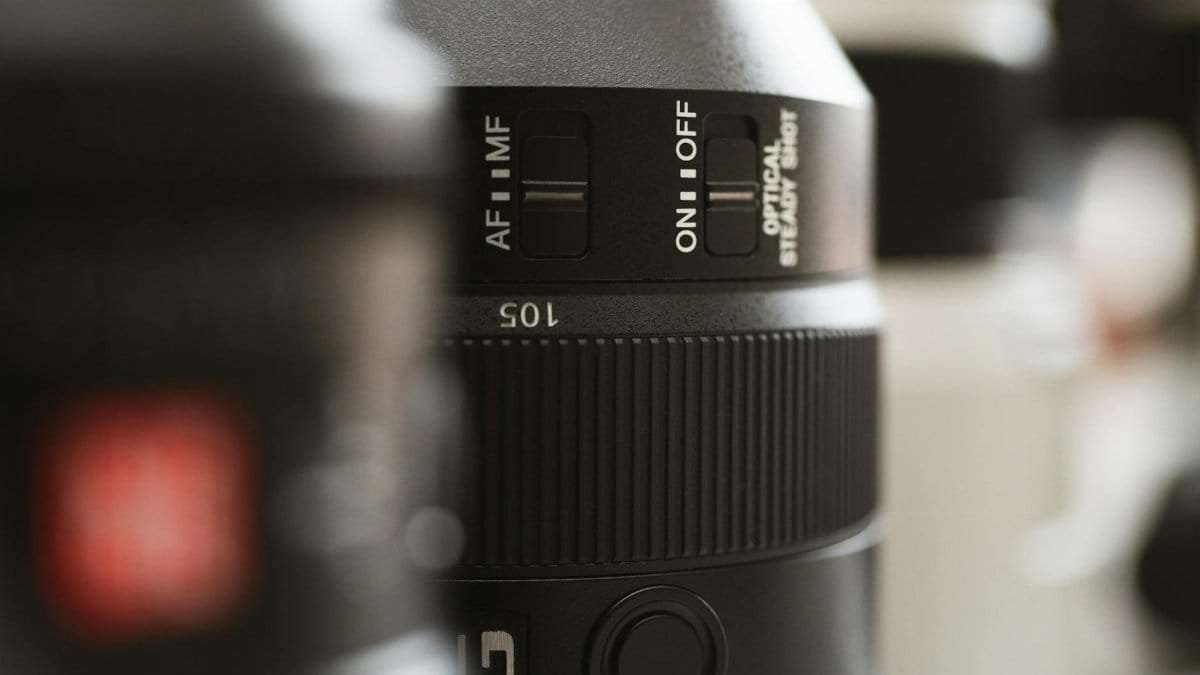Imagine a quiet morning, the kind where the world seems to pause. Sunlight filters through a half-drawn shade as a small group gathers in a community center in Portland, Oregon, their voices low but earnest. They’re not here for yoga or meditation, but for something newer to many: non-sleep deep rest, or NSDR. One participant, a middle-aged nurse, shares how exhaustion from long shifts left her hollow—until she stumbled upon NSDR burnout recovery techniques. “It’s like hitting reset without sleeping,” she says. For many Americans grappling with relentless stress in 2025, this concept is gaining traction as a lifeline. More than just a buzzword, NSDR offers a science-backed way to recharge when burnout looms large. But what does it really entail, and can it deliver on its promise of restoration in a culture that rarely slows down?
What Is NSDR, Exactly?

Non-sleep deep rest, abbreviated as NSDR, isn’t about napping or zoning out to a podcast. It’s a structured practice designed to mimic the restorative effects of sleep without actually dozing off. Think guided relaxation or body scans that slow brain activity into states akin to light sleep. Developed from research on stress physiology, NSDR targets the nervous system, dialing down the fight-or-flight response that burnout often amplifies. The term was popularized by neuroscientist Andrew Huberman, who linked it to protocols like Yoga Nidra, a centuries-old practice of conscious relaxation.
Unlike meditation, which often focuses on mindfulness or breath, NSDR emphasizes total surrender—letting the mind drift while the body rests deeply. Studies, such as those from Stanford University, suggest it can lower cortisol levels and boost focus after just 10 to 20 minutes. For a deeper dive into the science, check out research summaries from Stanford Medicine News. It’s no surprise, then, that NSDR burnout recovery is catching on among those desperate for relief from mental fatigue.
The Burnout Epidemic Driving Interest

Americans are tired. Not just “need a coffee” tired, but bone-deep, soul-weary exhausted. A 2023 Gallup poll found that nearly 60% of U.S. workers report feeling daily stress, with burnout cited as a top reason. You can read more about these findings at Gallup’s Workplace Report. Long hours, digital overload, and shrinking boundaries between work and home have created a perfect storm. Enter NSDR, pitched as a counterweight to this grind.
Unlike traditional rest, which might mean vegging out on the couch, NSDR offers a deliberate reset. It’s not passive; it’s active recovery. Picture a software engineer in Seattle, hunched over a laptop for 10 hours, who described feeling “like a phone at 1% battery.” After a 15-minute NSDR session, guided by an app, they felt recharged enough to tackle the evening. This isn’t anecdotal fluff—research backs the idea that such practices can restore cognitive capacity when burnout creeps in.
How NSDR Works in Practice

Curious how to actually do NSDR? It’s simpler than it sounds, though it requires intention. Start by finding a quiet space—no phones, no interruptions. Lie down or sit comfortably, then follow a guided script, often available via apps or online videos. These scripts walk you through relaxing each body part, slowing your breathing, and letting thoughts float without attachment. The goal isn’t to fall asleep but to hover in a liminal state of rest.
One study from the National Institutes of Health highlights how such relaxation techniques can reduce stress markers in as little as one session. For specifics, see their research at NIH on Relaxation Techniques. Sessions typically last 10 to 30 minutes, making NSDR burnout recovery feasible even on a tight schedule. It’s not about clearing your mind—it’s about giving it permission to wander while your body unwinds.
Why It Resonates in 2025

This year, the push for mental health solutions feels more urgent than ever. With hybrid work still blurring life’s edges and economic pressures mounting, people crave accessible tools. NSDR fits the bill: no expensive gear, no steep learning curve. It’s also riding a wave of interest in neuroscience-based wellness, where terms like “dopamine reset” and “vagal tone” are no longer just academic jargon. A report from Pew Research notes a growing number of Americans seeking science-backed self-care, detailed further at Pew Research Health & Wellness.
Online, anonymous accounts often echo this hunger for relief. One person shared publicly how, after months of burnout, a short NSDR practice felt like “lifting a fog I didn’t know was there.” That visceral shift is why many are turning to it—not as a cure-all, but as a small, doable step in a chaotic world.
Challenges in Making It Stick

Let’s not romanticize it: NSDR isn’t always easy to adopt. For one, carving out even 15 minutes can feel impossible when your to-do list is endless. Then there’s the mental hurdle—lying still while your brain races about deadlines or errands takes practice. Some report feeling restless or skeptical at first, wondering if they’re “doing it right.” There’s no instant gratification here, unlike popping a caffeine pill for a quick jolt.
Another snag is access to quality guidance. Not all apps or recordings are equal; some feel too rushed or lack the soothing tone needed to relax. Still, persistence pays off. Those who stick with NSDR often find the initial awkwardness fades, replaced by a subtle but real sense of calm. It’s less about perfection and more about showing up, even imperfectly.
Who Might Benefit Most?

NSDR isn’t a one-size-fits-all fix, but certain groups seem to gravitate toward it. Caregivers, like nurses or parents, often face relentless demands with little downtime—NSDR offers a brief escape without leaving the house. High-stress professionals, from teachers to tech workers, also report value in its ability to recharge mid-day. Even students, juggling exams and social pressures, are exploring it as a way to combat mental fatigue.
That said, it’s not for everyone. If anxiety keeps you from relaxing, or if lying still feels claustrophobic, other tools like movement-based stress relief might suit better. The key is experimentation. NSDR burnout recovery shines for those willing to lean into stillness, even when it feels foreign at first.
Integrating It Into Real Life

So, how does NSDR fit into a messy, overstuffed routine? Start small. Pair it with an existing habit, like a post-lunch break or pre-bed wind-down. Keep expectations low—don’t aim for transcendence; aim for a slight shift in energy. Use free resources first, like guided tracks on YouTube, before investing in paid apps. One tip from regular practitioners: treat it like a non-negotiable, akin to brushing your teeth, rather than a luxury you’ll skip when busy.
Realistically, life intrudes. A dog barks, a kid interrupts, or your mind won’t settle. That’s fine. The beauty of NSDR is its flexibility—10 minutes in a parked car or during a quiet commute moment still counts. Over time, these snippets of rest build resilience, especially when burnout feels inevitable.
A Broader Lens on Recovery

Zoom out, and NSDR is just one piece of a larger puzzle. Burnout isn’t solved by a single practice; it’s a symptom of systemic issues—overwork, under-support, and a culture prizing productivity over well-being. While NSDR helps individuals recharge, it doesn’t fix the root causes. Pairing it with boundary-setting, therapy, or workplace advocacy creates a fuller safety net.
Still, there’s power in personal agency. Choosing to rest, even briefly, pushes back against the grind. It’s a quiet rebellion, a way to reclaim mental space. For those navigating burnout in 2025, NSDR burnout recovery offers not a total overhaul, but a foothold—a reminder that rest isn’t laziness, but survival. And in a world that rarely stops, that’s no small thing.
